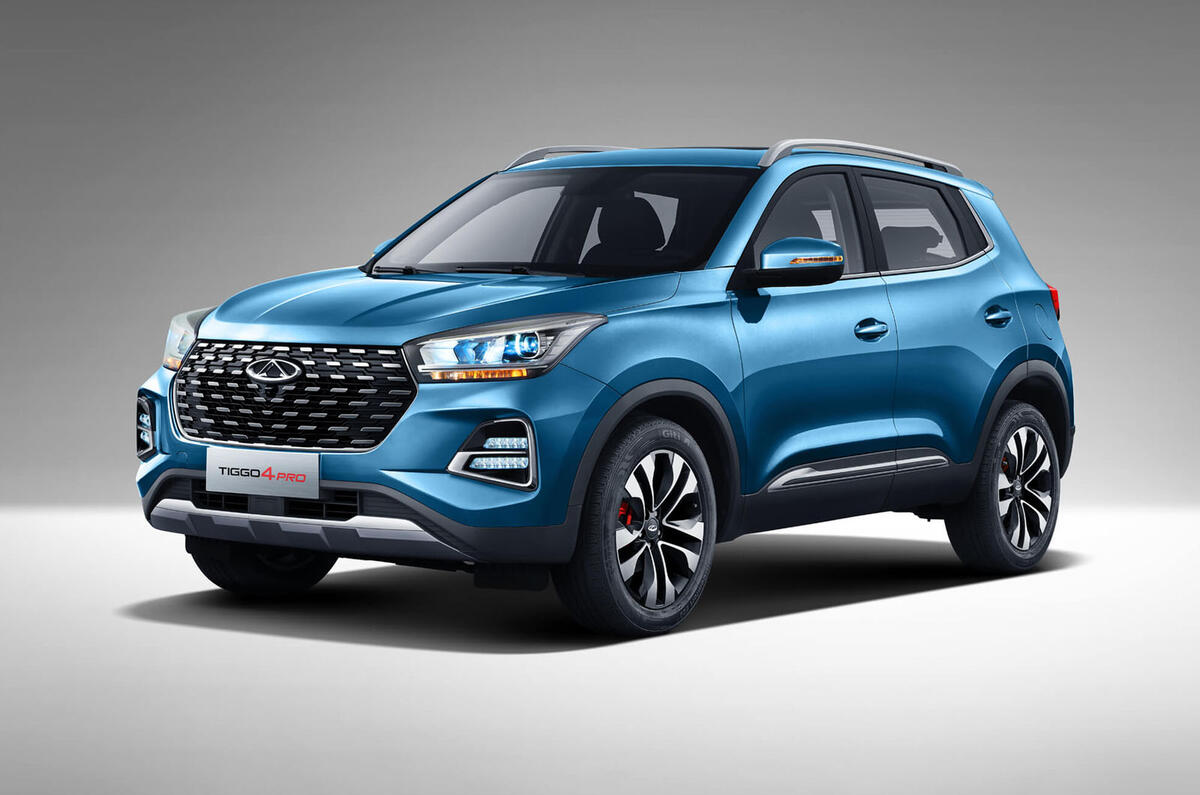Jaecoo and Omoda parent Chery is gearing up to launch its third brand in the UK, called Lepas – with a Dacia Duster rival tipped to arrive later this year.
The Chinese manufacturer, which is the world’s largest exporter of cars, has already had success with its first two ventures in the UK, recording more than 10,000 sales since their arrival last year.
While Jaecoo and Omoda both focus on large, moderately premium SUVs, Lepas is expected to be positioned more towards the value end of the spectrum, with a focus on younger buyers.
To that end, its UK cars are likely to be rebadged SUVs from sibling Chery brand Tiggo, reports Car Dealer. Tiggo’s range spans from the Ford Puma-rivalling 2 Pro to the Nissan X-Trail-sized 8 Pro. The latter has already spawned Lepas's first car: the L8.
A spokesperson for Lepas told Car Dealer at the Shanghai motor show that while it was “not yet in a position to comment publicly on the specifics” of an expansion to the UK market, “we can confirm that strategic plans are progressing” with “a full update in due course”.
Sources have told the outlet that dealers are already being contacted about selling cars in the UK, with the first UK models set to be in the B-segment.
Their arrival is likely to begin with the Duster-sized 4 Pro, given this car is already sold in right-hand-drive South Africa and Australia. It is unlikely to be joined by the smaller 2 Pro because its platform does not allow for right-hand-drive configuration.
The 4 Pro is sold with either a 1.5-litre four-cylinder petrol engine in base spec or a 1.5-litre turbocharged unit for top-rung models. The turbo model is more likely to make it to the UK, given emission regulations.
In that spec, the 4 Pro is sold for the equivalent of £13,000 in Australia, although its rebadging, local taxes and import costs are expected to inflate that price. However, like its Jaecoo and Omoda siblings, it will still be positioned to undercut rivals such as Dacia.








Join the debate
Add your comment
Current activity resembles, in some ways, the automotive industry, both now and in the early years of the twentieth century, when new business and products were being launched daily, all with new claims, but only very few resulting in market acceptance, as the majority failed and were forgotten. I am certain that only a notable excellent few of the, as yet, unpronounceable electronic vehicle brands from China will succeed in Western markets, and the reasons for success and failure, when they come to be analysed historically, will be clear.